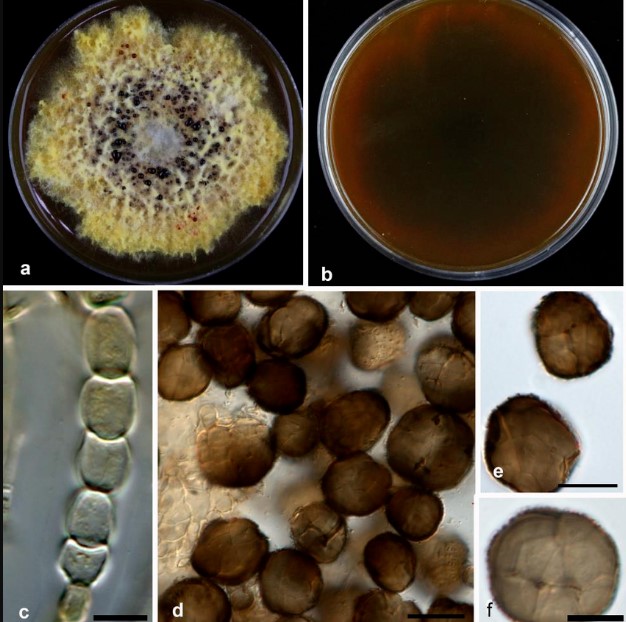7667766266
enquiry@shankarias.in
Why in News?
A new species of phytopathogenic fungi, epicoccum indicum was recently discovered by researchers at Banaras Hindu University.

Phytopathogenic fungi
Leaf spot disease
Reference
Times of India | Epicoccum Indicum